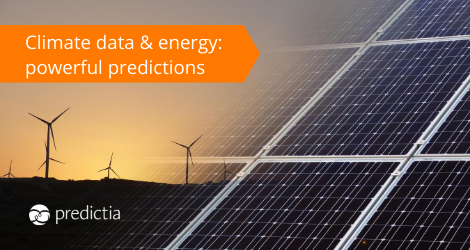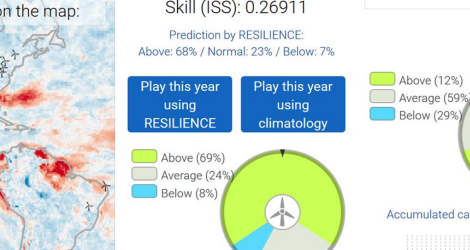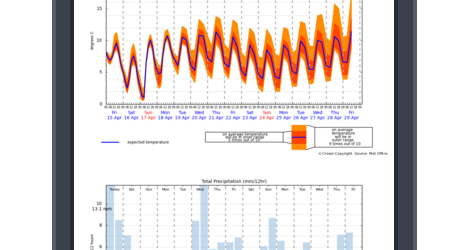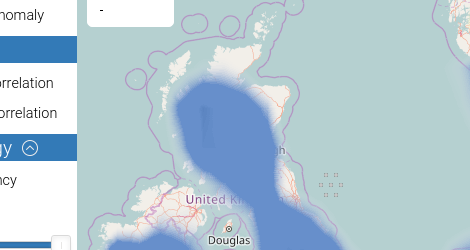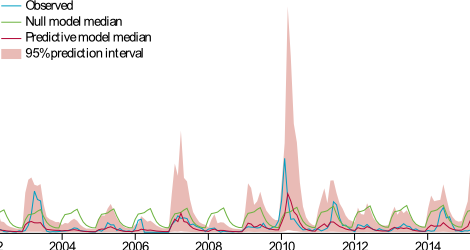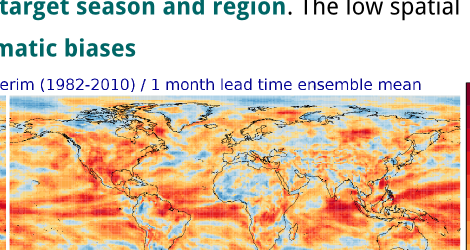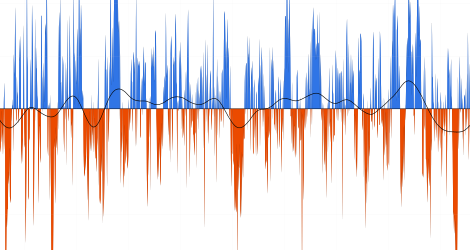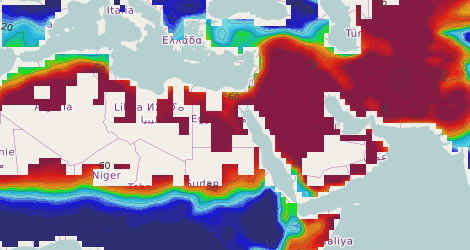Over the last 10 years, renewable energies have really taken off. Only in Europe, clean energy has stepped up from providing an 8% of the energy consumed in 2009, to 18% in 2018. In the midst of the climate emergency, the European Commission has set an ambitious objective through its Green Deal: to achieve a carbon-neutral Europe by 2050.
Climate change influences our day to day lives: from direct consecuences, like crops affected by increasing heat waves, to unexpected effects like the diminishing productivity of food security inspectors. Over the last decades, this situation has created a strong need for reliable climate services: tools that facilitate the access to climate information.
More scientific results coming from the EUPORIAS project.
Within the EUPORIAS project (7th EU Framework Program), a number of tailored climate services where developed for different sectors. Predictia participated in the development of some of them, such as the Land Management Tool, aimed at helping farmers in the south-east of the United Kingdom with their winter decisions. To do so, it provides seasonal predictions for next winter as well as weather forecasts for the next 14 days.
As a result of the project followind, we have published a pilot application for wind speed seasonal forecasting. The instantaneous wind speed at 12:00 UTC is considered but also the frequency of days with wind speed between 5 and 25m/s. A standard bias correction technique has been applied to these forecasts.
A memberr of our team, Markel García-Díez, is co-authoring a paper published in the journal The Lancet Planetary Health. The study, leaded by Rachel Lowe PhD, is entitled "Climate services for health: predicting the evolution of the 2016 dengue season in Machala, Ecuador", and started in 2016, during the stay of Markel in the Catalan Institute for Climate Sciences (IC3).
The C3S Symposium on Climate Services for the Energy (22-23 Feb, Barcelona, Spain) brings together climate and energy scientists, energy industry practitioners and public decision makers to present new possibilities in climate predictions, discuss new ideas and better shape future public C3S products for the energy sector.
This paper describes the operational seasonal prediction system developed by the Japan Meteorological Agency (JMA), the Japan Meteorological Agency/Meteorological Research Institute-Coupled Prediction System version 1 (JMA/MRI-CPS1), which has been in operation from February 2010 to May 2015. The predictive skill of the system was assessed with a set of retrospective seasonal predictions (hindcast) covering 30 years (1981-2010).
Fire activity in southeast Australian (both frequency and area burnt) is shown to depend on El Niño–Southern Oscillation (ENSO). This gives a potential source of predictability for seasonal forecasting.
This relationship has been recently studied in the paper ENSO controls interannual fire activity in southeast Australia published by researchers from The University of Melbourne:
A pilot application for sector tailored seasonal forecasting has been launched by Predictia, focusing on forest fire danger and considering as an illustrative application the Fire Weather Index (FWI). This index integrates the compound effect of four atmospheric variables (temperature, precipitation, humidity and wind) involved in the propagation of a forest fire.

